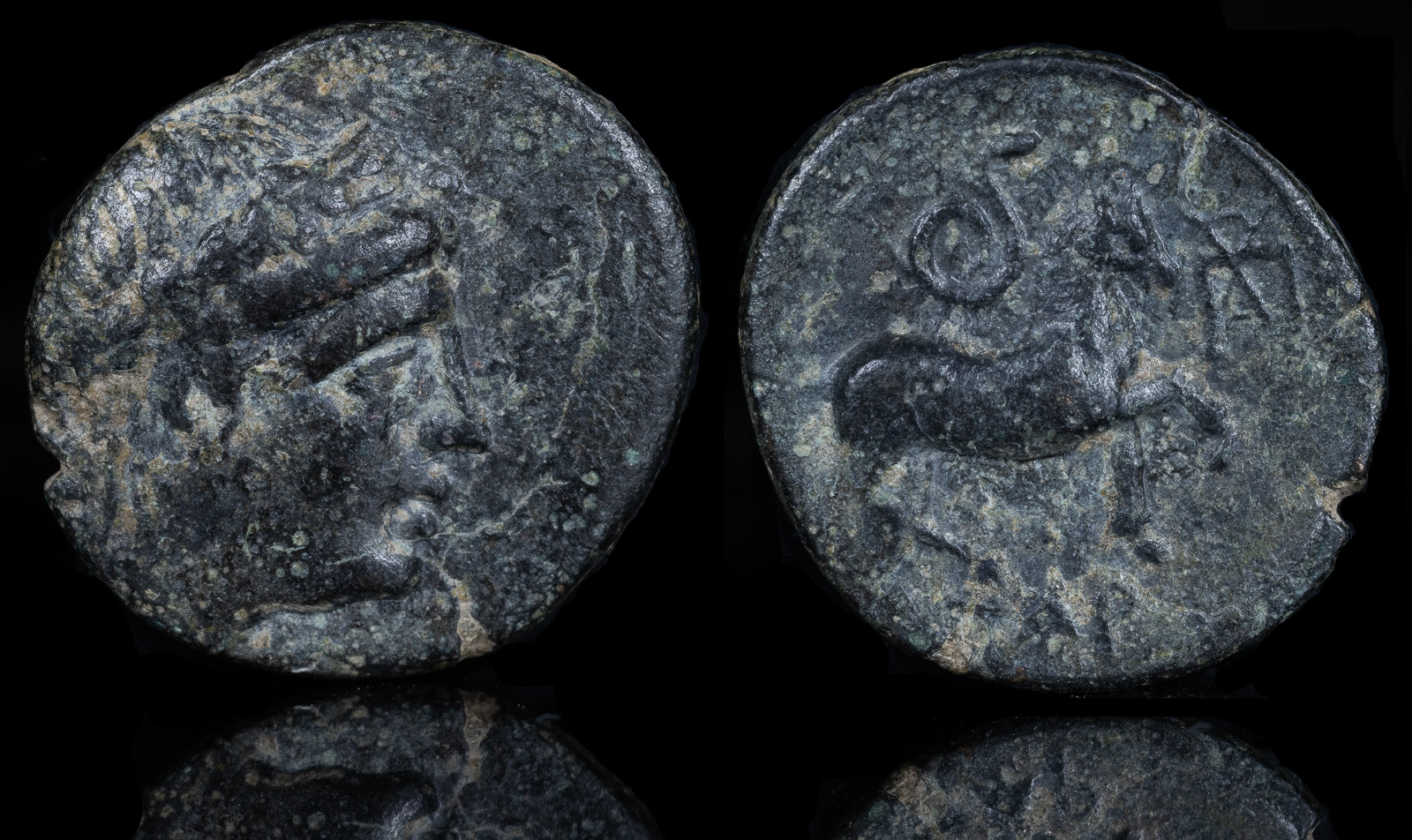Prancing
View All Tags
In Greek coinage, the depiction of a prancing horse was often associated with particular deities or cities known for their equestrian prowess. For instance, coins minted in regions like Thessaly, where horses were a central part of culture, often featured prancing horses to represent the area’s equestrian skill and its connection to the gods. Thessaly was known for producing excellent cavalry, and the prancing horse on coins celebrated this martial and cultural tradition. The depiction of a horse in motion could also symbolize the divine favor of gods associated with horses, like Poseidon, who was not only the god of the sea but also of horses, and represented the connection between the land, animals, and the divine.
In Roman coinage, the prancing horse was similarly used to communicate power, victory, and divine favor. Roman emperors and generals often commissioned coins with prancing horses to commemorate military victories, particularly those related to chariot races or cavalry triumphs. These coins would serve as propaganda, emphasizing the ruler’s strength and ability to command powerful forces. A prancing horse on a coin could also evoke the image of the emperor as a leader who was in full control, guiding his “horse” of state with confidence and skill, further reinforcing his image as both a military and political force.
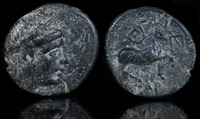
Atarneos, Mysia 400 BCE
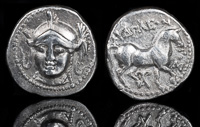
Audoleon 315-28 BCE
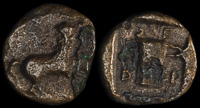
Bizye, Thrace 405-387 BCE
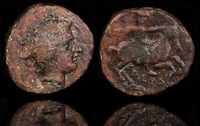
Derdas II ca 380 BCE

Gyrton, Thessaly 299-200 BCE
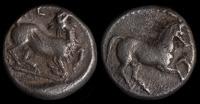
Kelenderis, Cilicia 350 BCE
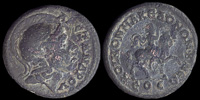
Koinon of Macedon 244-249 CE
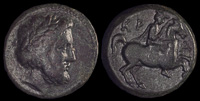
Krannon, Thessaly 4th century BCE

Maroneia, Thrace 398-346 BCE
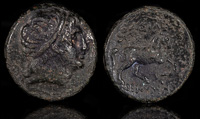
Nikomedes I 280-250 BCE
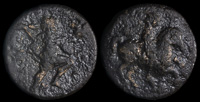
Olosson, Thessaly 400-350 BCE
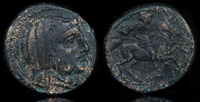
Pelinna 4th-early 3rd centuries BCE
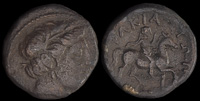
Phakion, Thessaly ca 300-200 BCE
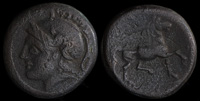
Phalanna, Thessaly 325-300 BCE
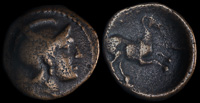
Skotussa, Thessaly 3rd century BCE
